11 Examples of 8-Legged Animals You'll Find in Nature
Spiders aren’t the only animals in nature with eight legs, although they are probably the most well-known. All spiders are arachnids (Arachnida) and all arachnids have eight legs. However, arachnids aren’t the only examples of eight-legged animals. Ready to learn more? Keep reading to learn about eleven examples of eight-legged animals.
1: Spiders

©Tommy Daynjer/Shutterstock.com
Spiders are likely the most commonly thought of when considering eight-legged animals. Spiders are a type of arachnid that have eight legs and eight eyes. All spiders make silk, although they don’t all spin webs. Another similarity, all spiders have a sticky type of “hair” on their feet. These small sticky hairs are known as spatulae, and they allow spiders to grip surfaces which is how they can crawl up walls and across ceilings with ease.
Beyond those similarities, however, there are many variations, which isn’t surprising considering there are around 50,000 different spider species in the world.
2: Scorpions

©Lauren Suryanata/Shutterstock.com
Another eight-legged creature in the arachnid family is the scorpion. Scorpions use their four pairs of legs to help them know where they are going by feeling along the ground with sensory structures in their legs. Although scorpions can be numerous in some parts of the world, they are rarely seen. This is because they are nocturnal and tend to hide from humans.
Scorpions are ancient and are some of the first animals on Earth that adapted to living on land. Fossils of scorpions have been found dating back over 420 million years ago. They have lifespans ranging from 5 to 25 years, depending on the species.
3: Mites
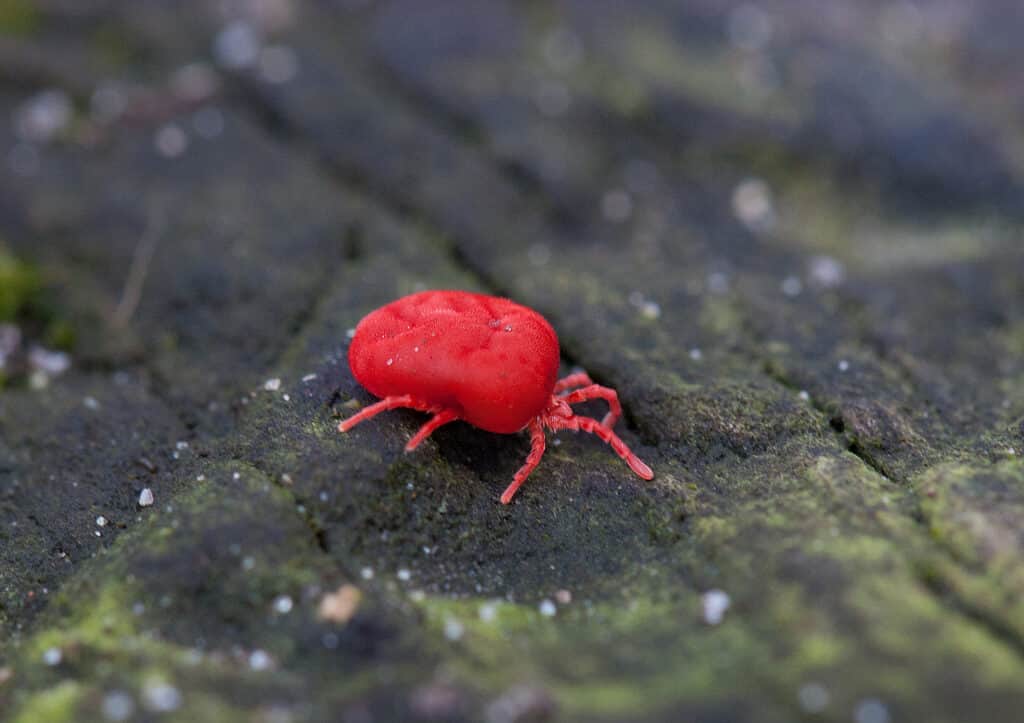
©Matauw/Shutterstock.com
There are many different types of mites, but like all arachnids, they all have eight legs. That is, except during the larval stage when they hatch with six legs. Most mites don’t bite humans, but they can cause a nuisance to pets, such as cats and dogs.
Chiggers, however, are a larval type of mite that do bite humans. As larvae, chiggers only have six legs. They develop eight when they grow to their adult form. Chiggers can climb, but because they don’t jump or fly, they tend to reach human ankles that aren’t covered by socks or pants. Chigger bites are red bumps on the skin that can cause a lot of itching.
4: Ticks
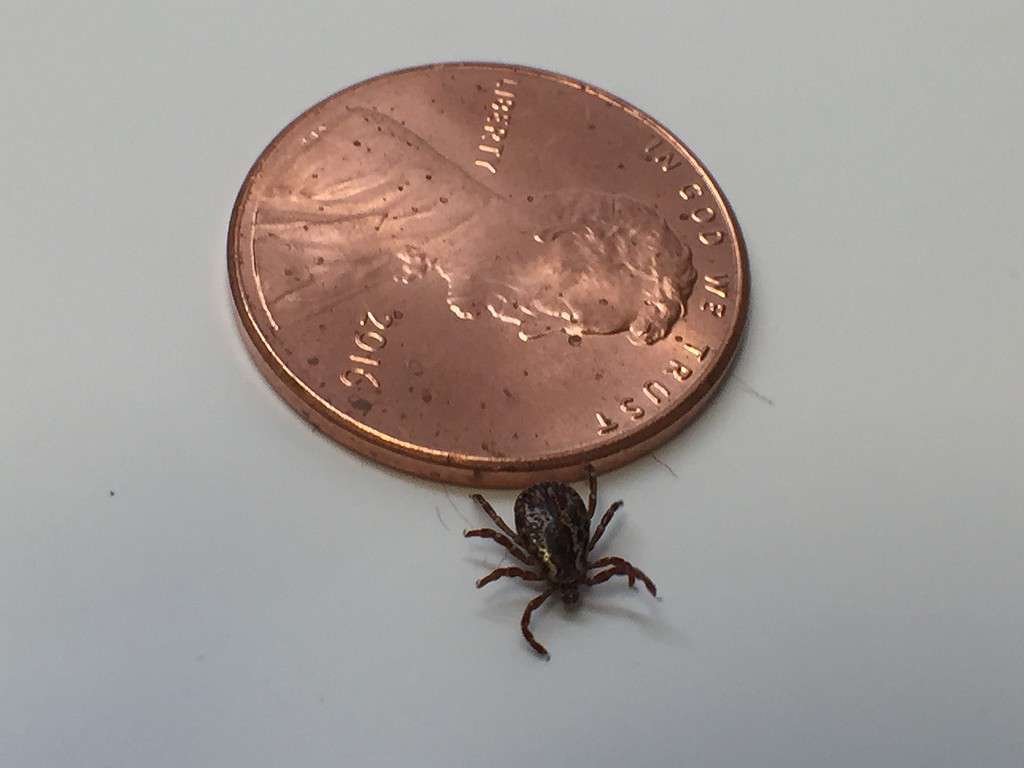
©NIAID / CC BY 2.0 – License
Ticks are arachnids that appear similar to spiders. They have six legs as a larva, but the adults have four pairs of legs. Tick legs are covered with short, spiny hairs that end in a claw. The hairs and claws help ticks grab onto vegetation, waiting for an animal or human to walk by. Once they climb onto their hosts, they latch on, feeding on the victim.
Ticks can pass tick-borne diseases onto humans and animals, including Lyme disease and Rocky Mountain Spotted Fever. However, it takes 24 to 48 hours for a tick to feast on its host to transmit disease. This is why it’s so critical to check yourself and your pets when you’ve been in infested areas.
5: Vinegaroon (Whip Scorpion)
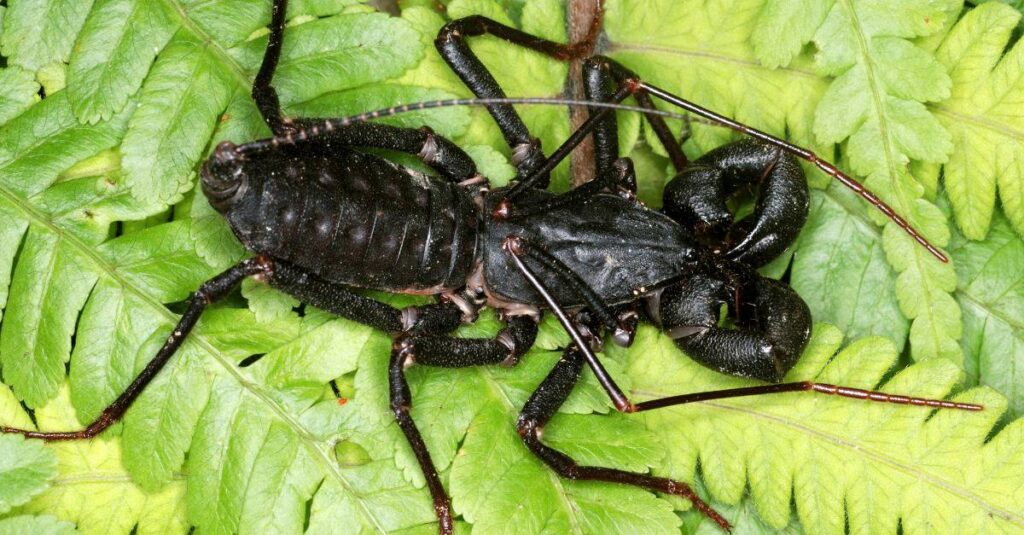
©iStock.com/ePhotocorp
A vinegaroon, or whip scorpion, has four pairs of legs. The first pair of front legs are used as sense organs, while the creature walks on the other six legs. A whip scorpion’s tail is long and flexible with an acid spray gland found at the base.
6: Tailless Whip Scorpion
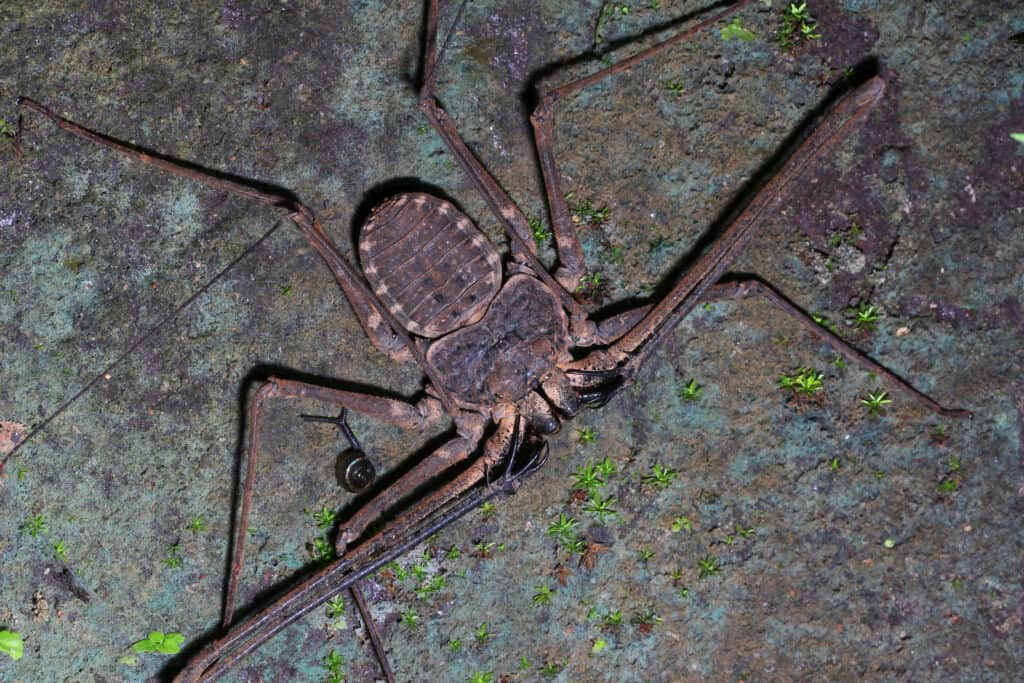
©Pong Wira/Shutterstock.com
The eight-legged tailless whip scorpion gets its name from its whip-like front legs. Often mistaken for vinegaroons, the two species are closely related and very similar in appearance. Their whip-like front legs are longer than their other legs. And like the vinegaroon, they use them as sensors to help them navigate.
7: Pseudoscorpion (False Scorpions)
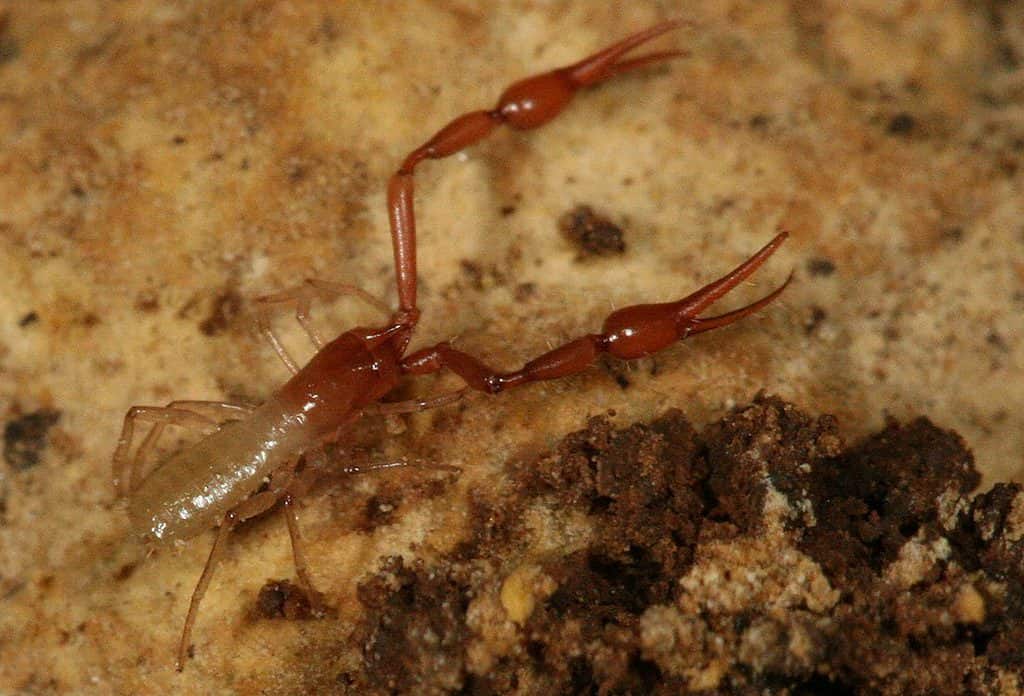
©Piershendrie / CC BY-SA 3.0 – License
These small eight-legged invertebrates are small, scorpion-like arachnids. Like scorpions, they have eight legs. They are much smaller than scorpions, with most of them smaller than 1/8 of an inch. When pseudoscorpions walk, it resembles how a crab walks, and they can move as quickly backward as they can forward.
Pseudoscorpions live in many different habitats and prefer to hide in small, dark places like crevices and cracks. They are actually beneficial to humans because they feast on pests in the home such as carpet beetle larvae, small flies, and mites.
8: Harvestman (Daddy Long Legs)
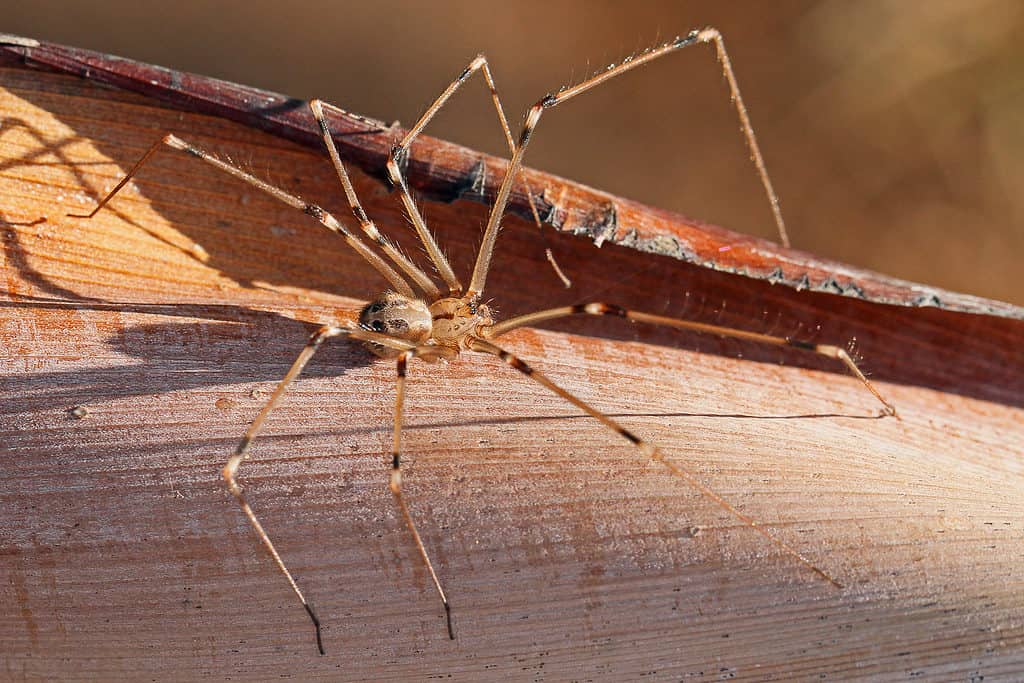
©Eugene Troskie/Shutterstock.com
Harvestmen, otherwise known as Daddy Long Legs, are not spiders although they closely resemble them. Unlike spiders, they have no silk, or venom glands, and they don’t build webs. They are scavengers and live on the forest floor eating organic materials.
The front pair of legs of the harvestman are the most sensitive. They wave them around in front of their body to sense where they are going. Another fascinating feature about harvestmen’s legs, they can shed them to escape a predator, but they won’t ever grow back.
9: Camel Spiders

©iStock.com/Sheril Kannoth
Camel spiders have eight legs but are not actually spiders. Also called wind scorpions or sun spiders, they are ferocious carnivores that feast on beetles, lizards, rodents, and small birds. They may appear to have ten legs, but they have two long appendages called pedipalps, near their mouths. These appendages aren’t legs but are sensory organs.
10: Porcelain Crabs
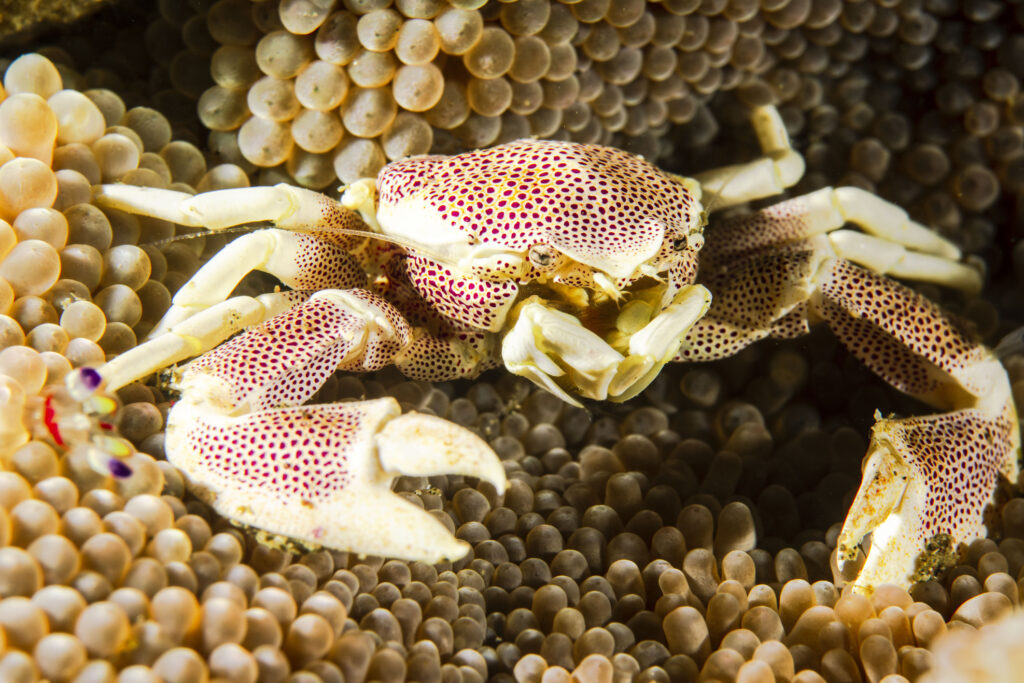
©atese/iStock via Getty Images
Porcelain crabs are not true crabs but are very small decapod crustaceans. They have eight legs, six of which they use for walking. The four pairs of legs are hard to spot. They keep them folded up near their body and use them for cleaning.
These small crustaceans can be found hiding out in Pacific Coast tide pools searching for planktonic food. Porcelain crabs can shed a leg or a claw to distract a predator. Fortunately for the crab, their missing limb grows back quickly.
11: Tardigrades (Water Bears)

©Dotted Yeti/Shutterstock.com
Finally, last on the list is the fascinating tardigrade (otherwise known as water bears or moss piglets). These tiny, microscopic animals have eight stubby legs. Three pairs of legs are on their bodies, with a pair on their backs. The legs have long, bear-like claws, and when they walk, they walk in a fashion similar to that of arthropods.
Tardigrades are the toughest of creatures and can survive in extreme places including ice, boiling, water, and outer space. These hardy little water bears have also survived radiation and crushing pressure.
What About Lobsters, Starfish, and Octopi?

©Joe Belanger/Shutterstock.com
There are other animal species with eight limbs, although they may not necessarily have legs. An octopus has eight arms. There are also a few species of eight-armed starfish. Lobsters have eight walking legs, but ten total. Their two front appendages are claw-like, and not used for walking, but they are technically legs.
Summary of 11 Examples of 8-Legged Animals Found in Nature
| Rank | Animal | Class |
|---|---|---|
| 1 | Spider | Arachnida |
| 2 | Scorpions | Arachnida |
| 3 | Mites | Arachnida |
| 4 | Ticks | Arachnida |
| 5 | Vinegaroon | Arachnida |
| 6 | Tailless Whip Scorpion | Arachnida |
| 7 | Pseudoscorpion | Arachnida |
| 8 | Harvestman | Arachnida |
| 9 | Camel Spiders | Arachnida |
| 10 | Porcelain Crabs | Crustacea |
| 11 | Tardigrades | Eutardigrada and Heterotardigrada |









